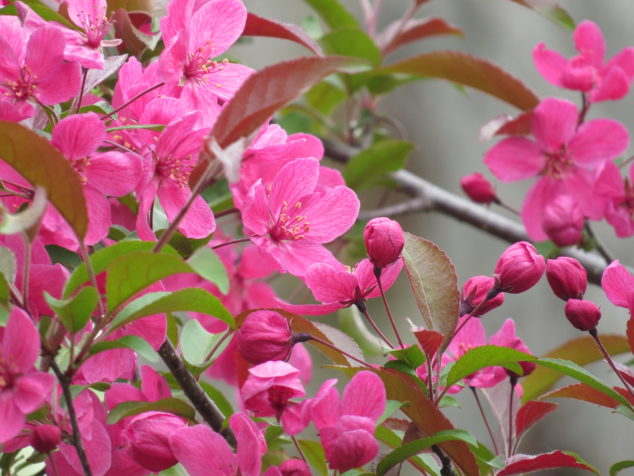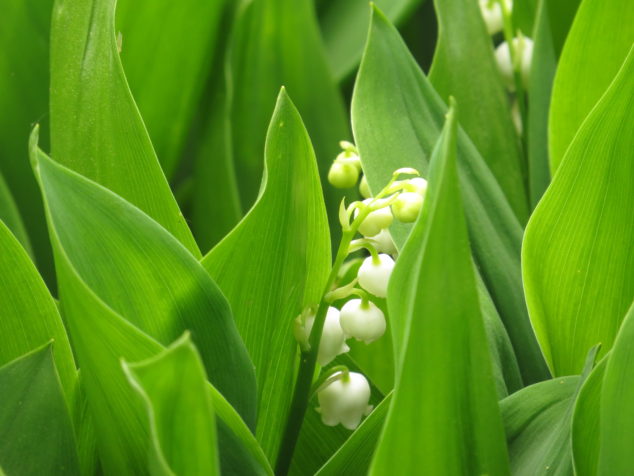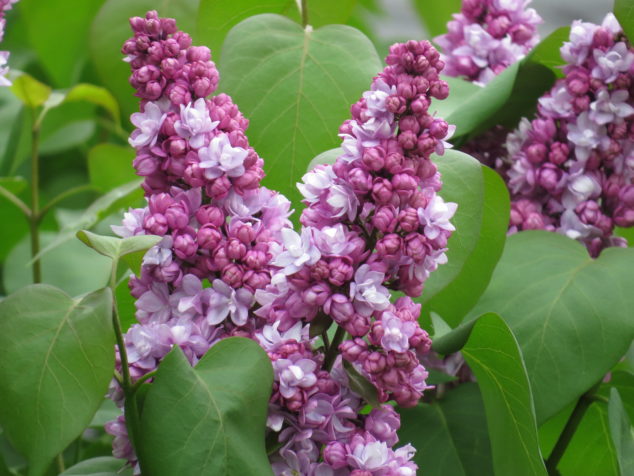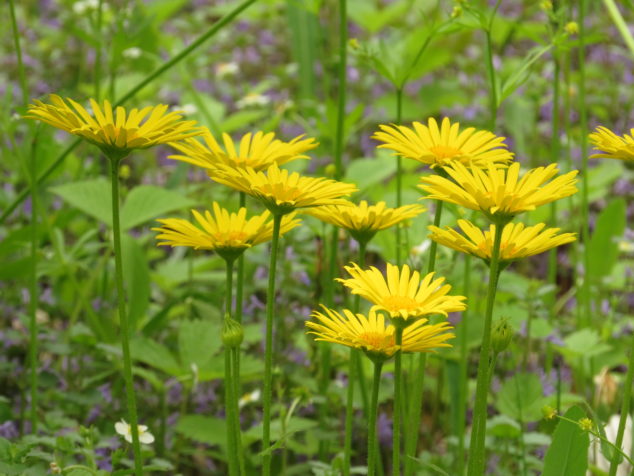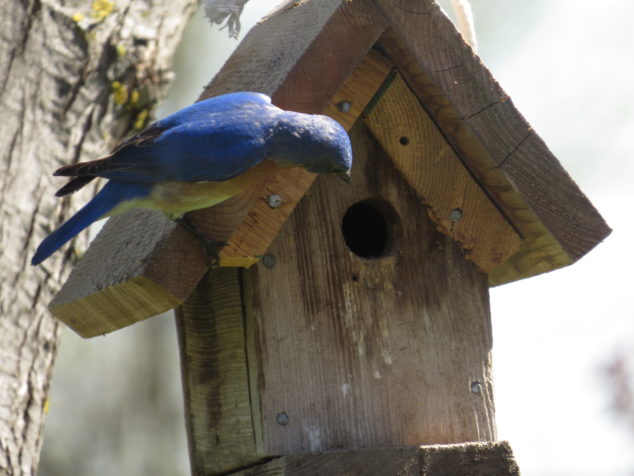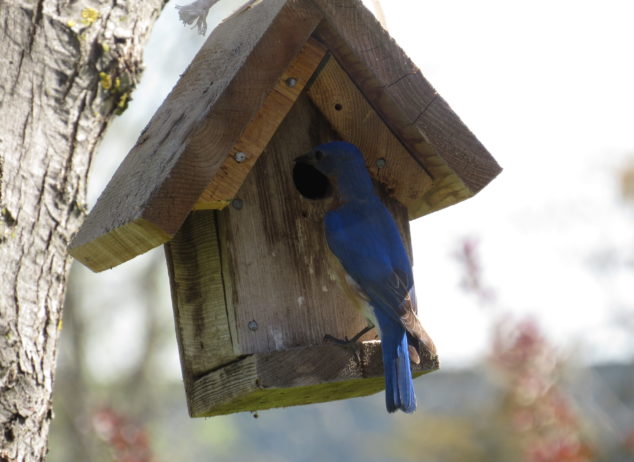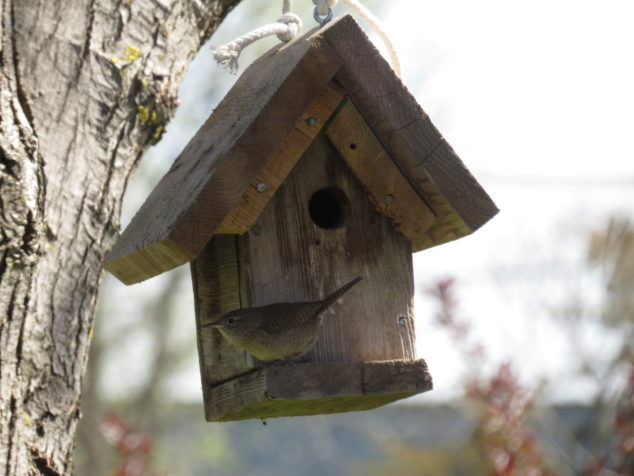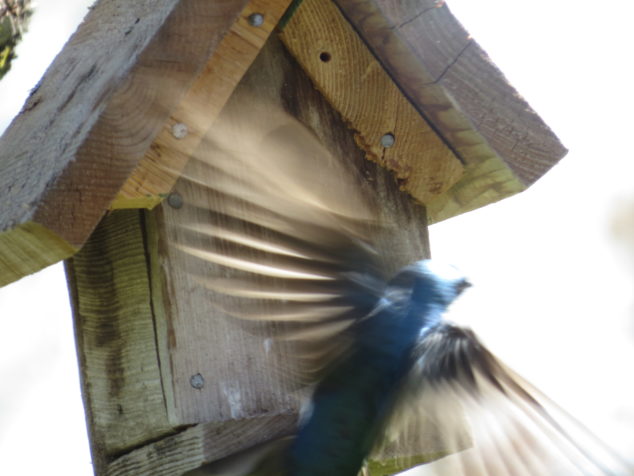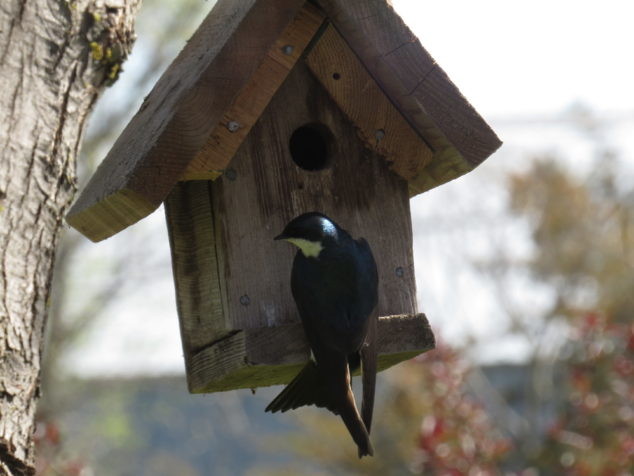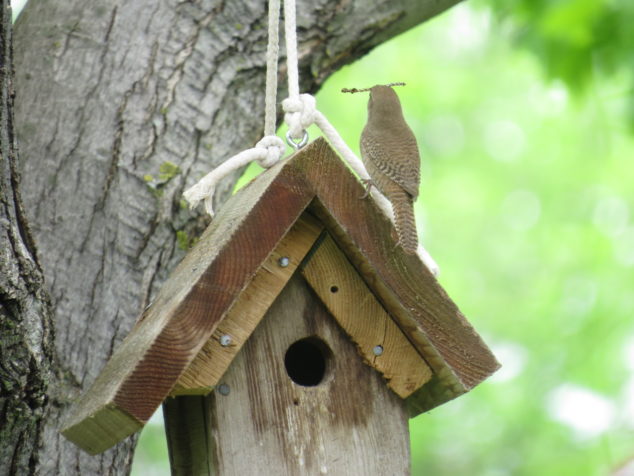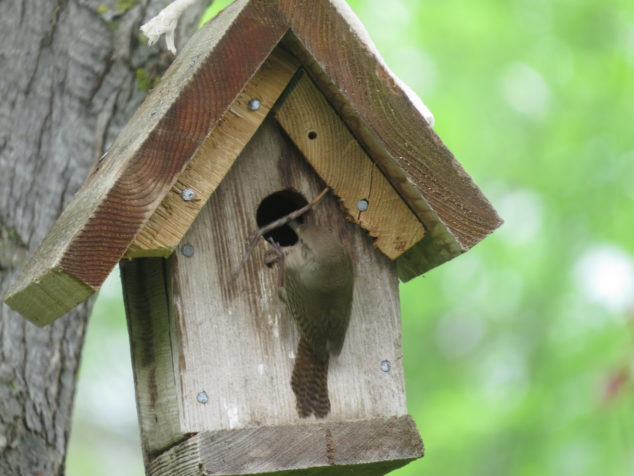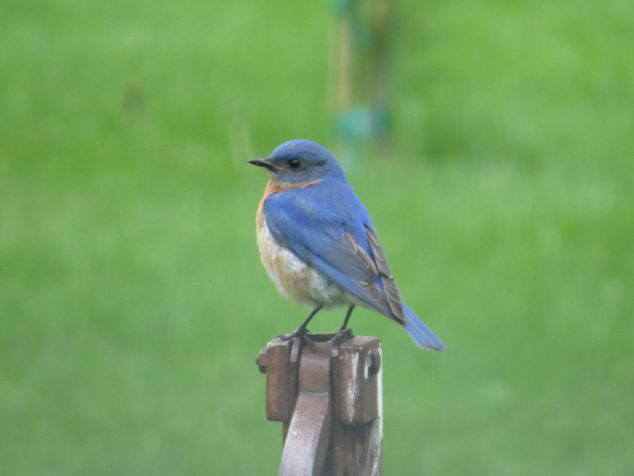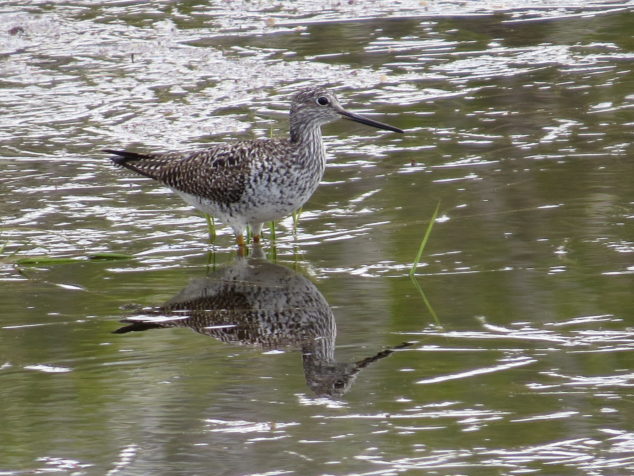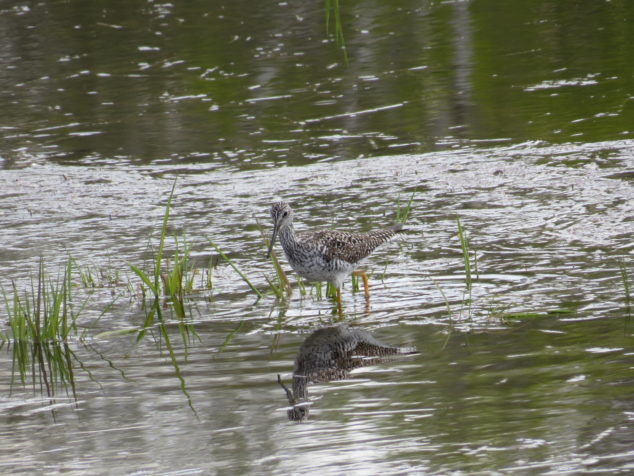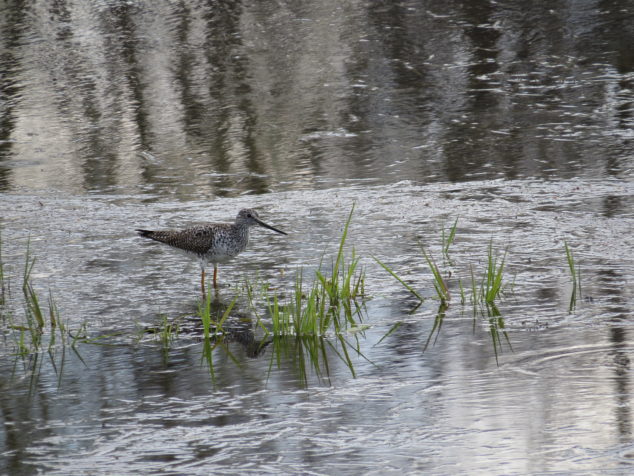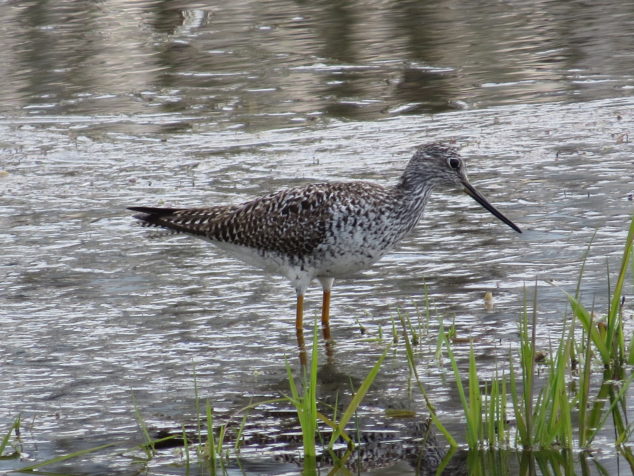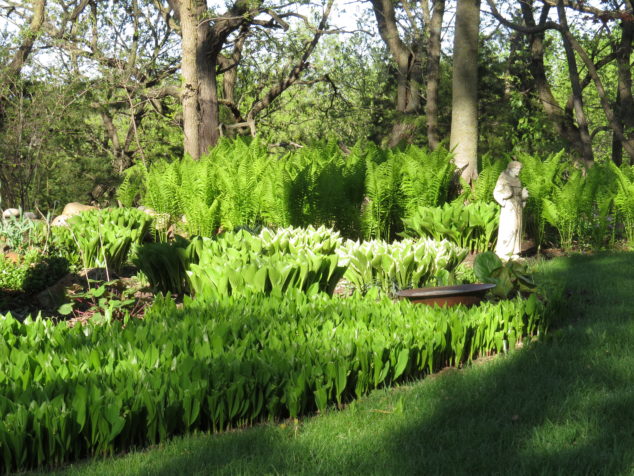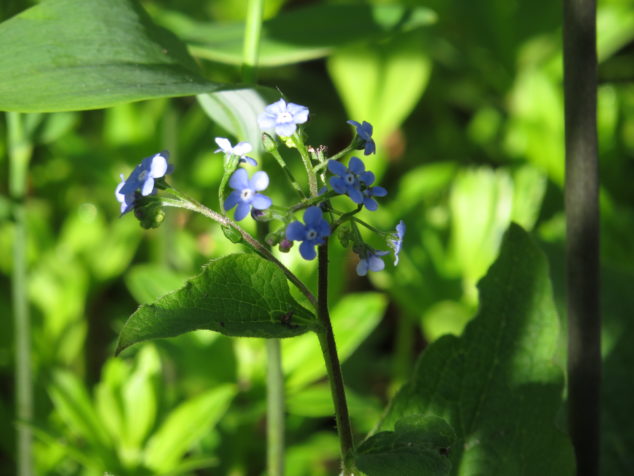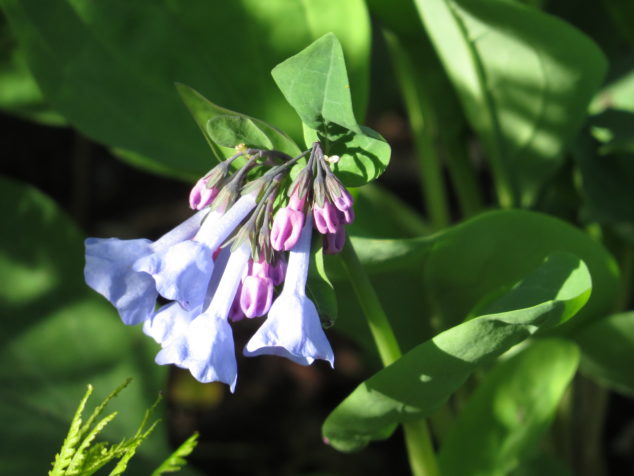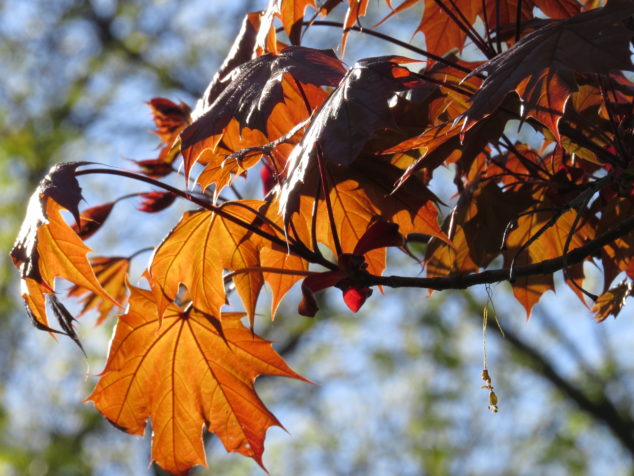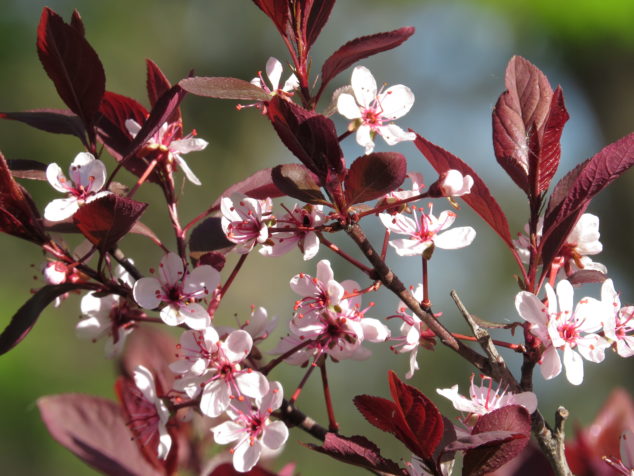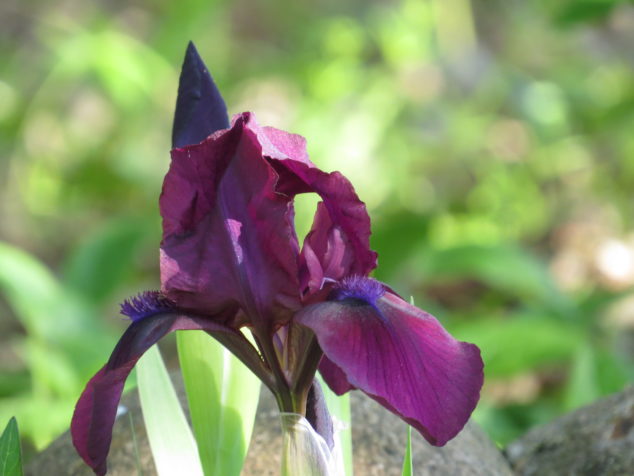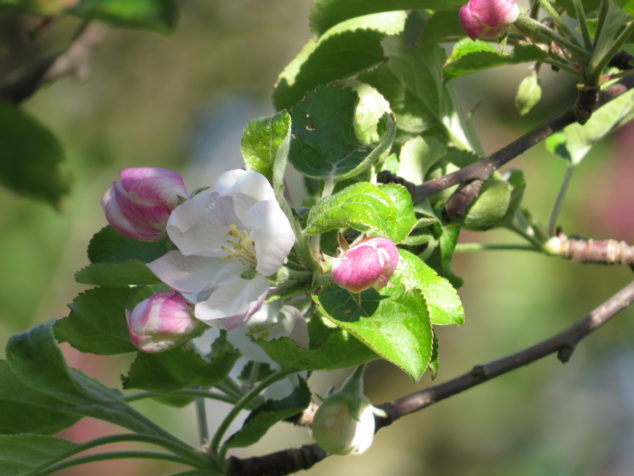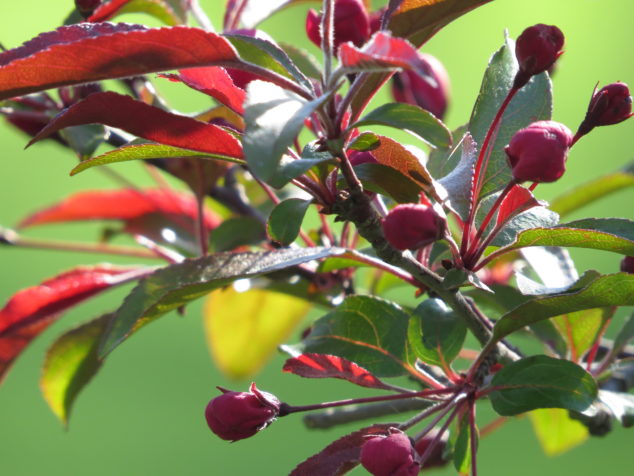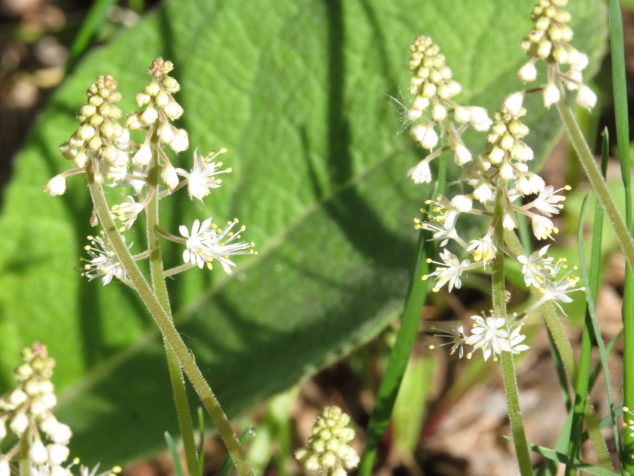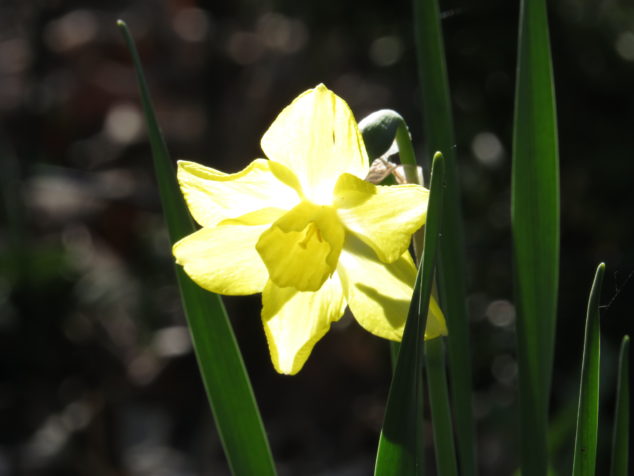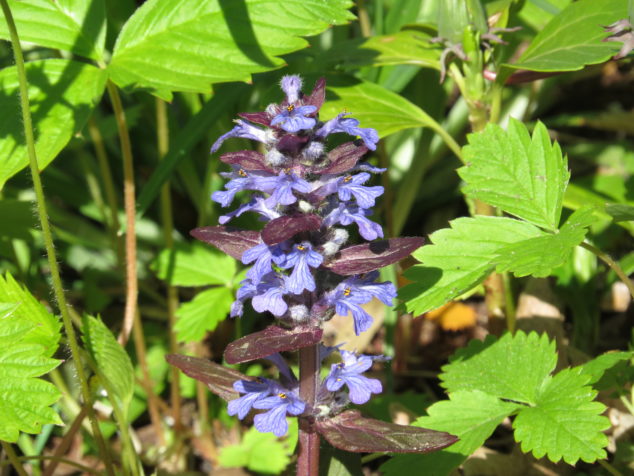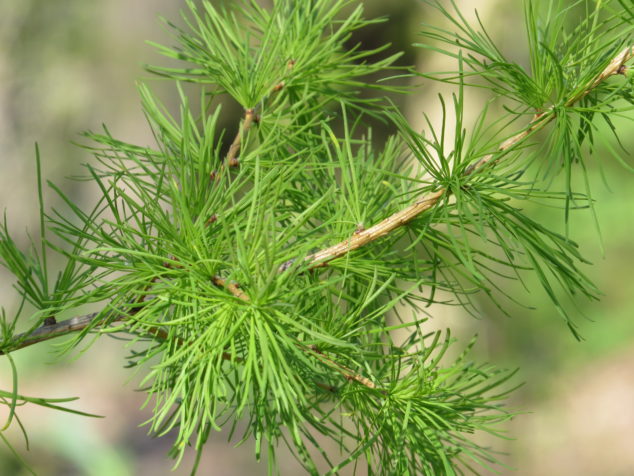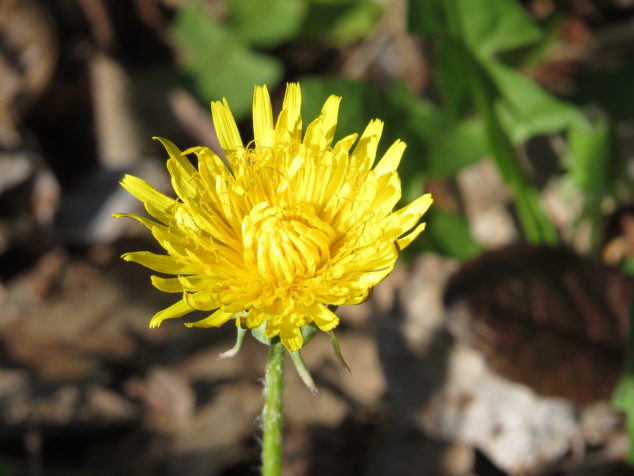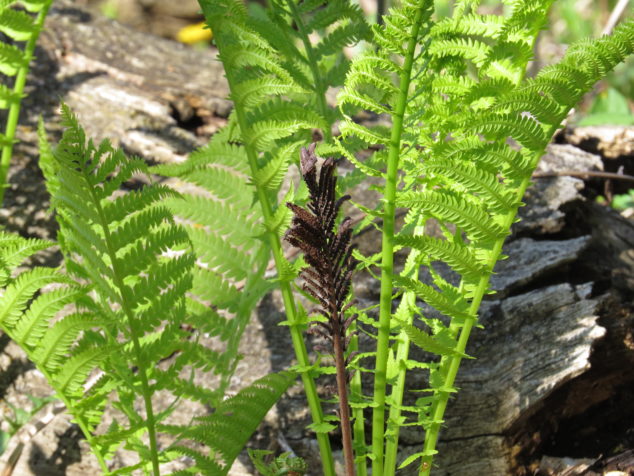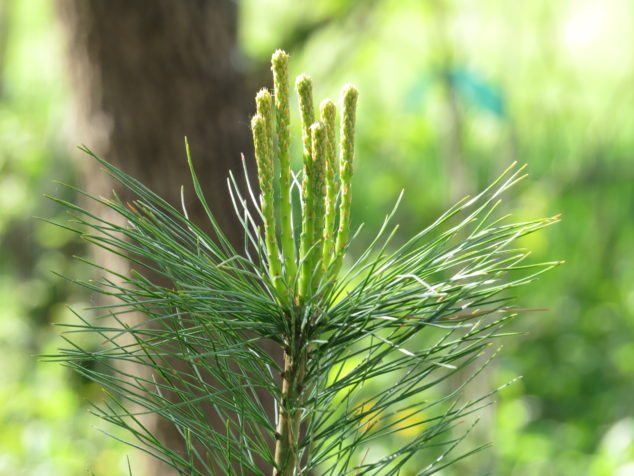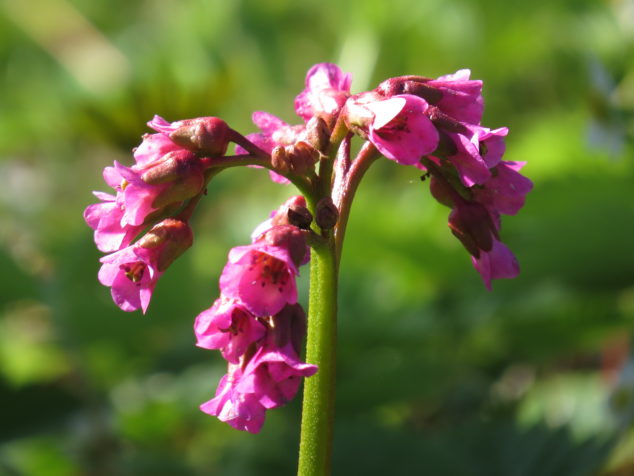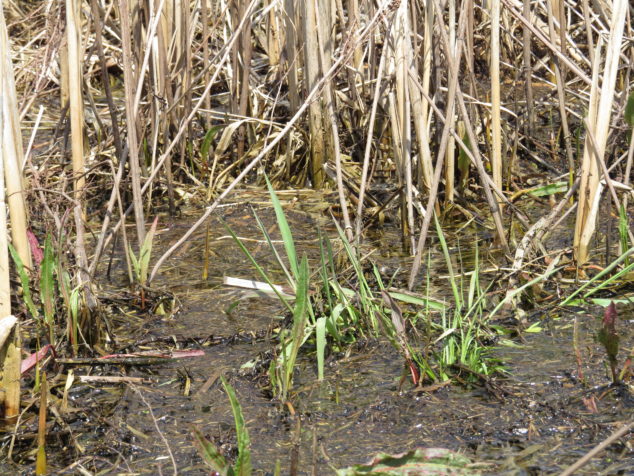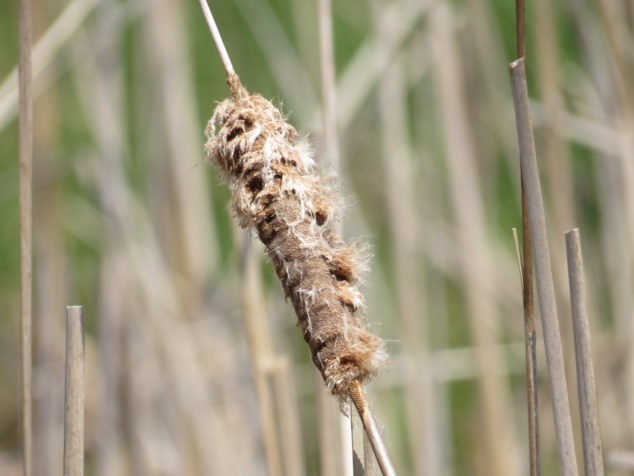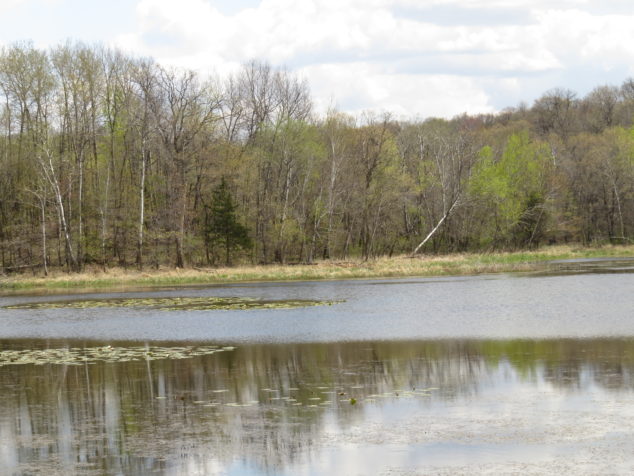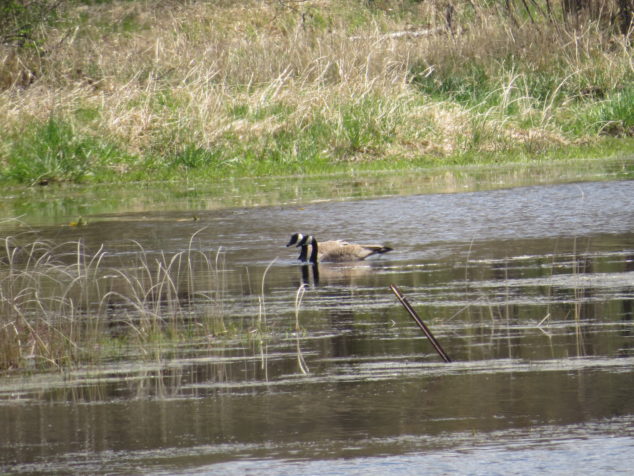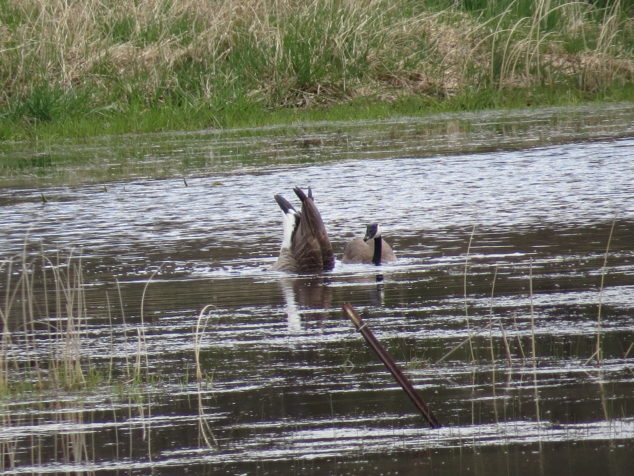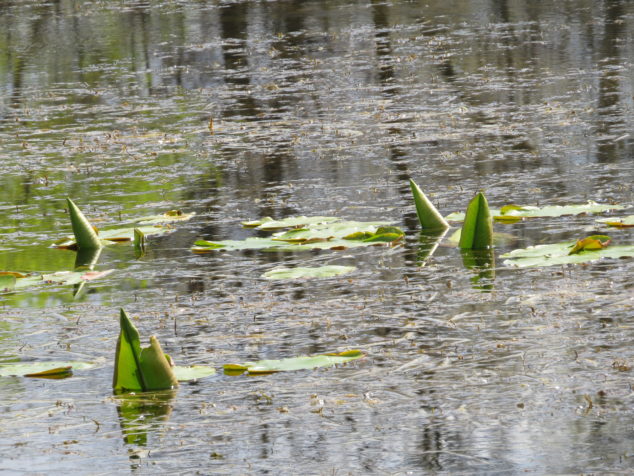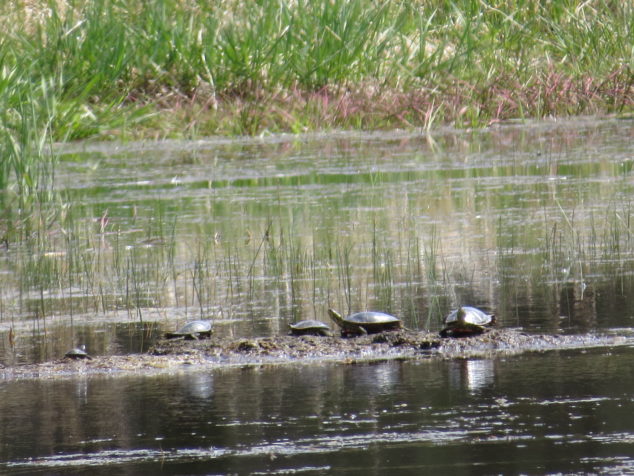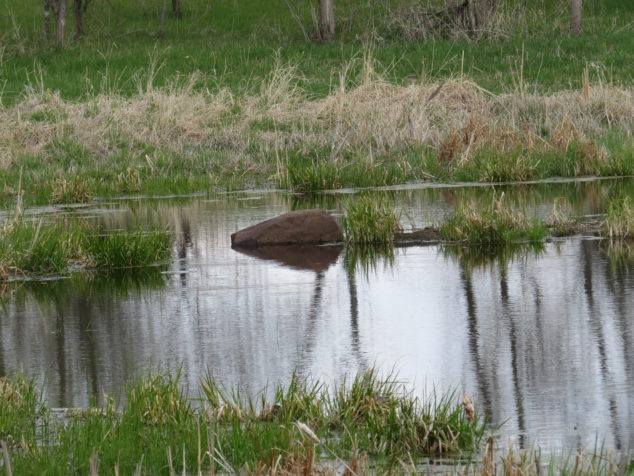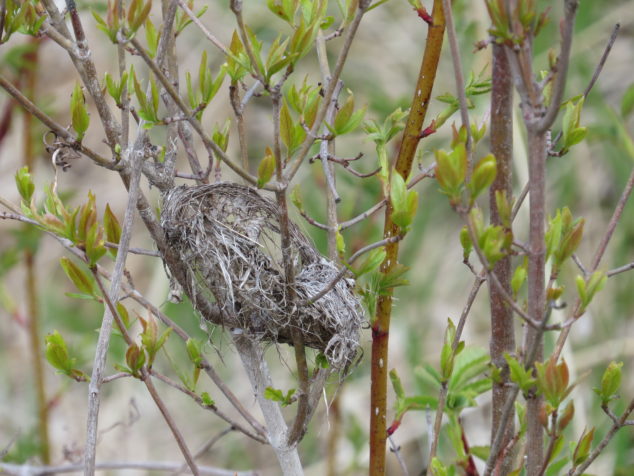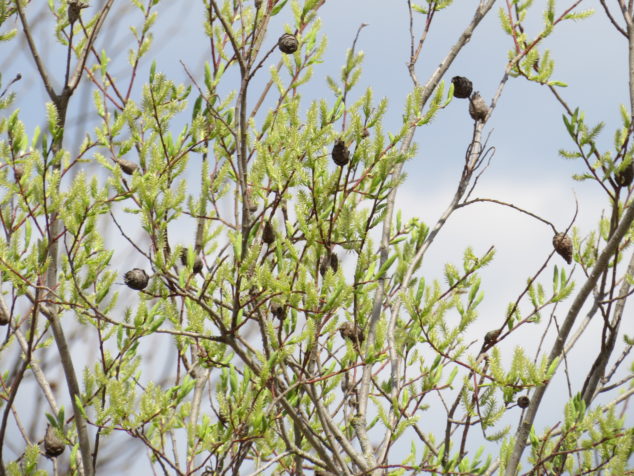“My Dad Doug Brake had some strong opinions. He was a sergeant in the US Army Infantry Rangers, 1st and 3rd Battalions in WWII. Rangers led the way. He took part in amphibious landings under heavy artillery and machine gun fire. (see Saving Private Ryan.) He battled in North Africa, Tunisia, Sicily, Palermo, and Italy. Anzio was where he was wounded and received a Purple Heart. He didn’t speak about it, but I know that men he loved and fought next to were killed in combat, right by his side. My Dad saw some of his buddies die violent deaths, painful agonizing deaths, bloody terrifying deaths, instant deaths. That qualified Doug to have strong opinions. He believed all Veterans deserve honor and respect. Recognize them, especially on Veterans Day. He believed wounded and disabled Veterans deserve care and compassion. Give to the D.A.V. Go visit a V.A. Hospital or Care Facility. He believed Veterans killed in action or those who otherwise died during active duty deserve a Memorial Day. That is their day of recognition. One day for them and only them.” ~Chris
Memorial Day or Decoration Day as it used to be called, has a long and somewhat conflicted history as to who or where it began. After the huge loss of life during the Civil War, groups of women and later, communities would tend to the graves and decorate them with flowers. In 1868, General John A. Logan called for May 30th to be Decoration Day to honor those “who died in defense of their country.”
During WWI, an American pilot James McConnell wrote about the devastated land after the 1916 Battle of Verdun in France.
“Immediately east and north of Verdun there lies a broad, brown band … Peaceful fields and farms and villages adorned that landscape a few months ago – when there was no Battle of Verdun. Now there is only that sinister brown belt, a strip of murdered Nature. It seems to belong to another world. Every sign of humanity has been swept away. The woods and roads have vanished like chalk wiped from a blackboard; of the villages nothing remains but gray smears where stone walls have tumbled together… On the brown band the indentations are so closely interlocked that they blend into a confused mass of troubled earth.”
Major John McCrae, a Canadian doctor and soldier, wrote this poem for a friend who was killed in battle May, 1915 after noticing the brilliant red field poppies that grew and bloomed in the devastated land among the burials in Belgium.
In Flanders fields the poppies blow
Between the crosses, row on row,
That mark our place; and in the sky
The larks, still bravely singing, fly
Scarce heard amid the guns below.
We are the Dead. Short days ago
We lived, felt dawn, saw sunset glow,
Loved and were loved, and now we lie
In Flanders fields.
Take up our quarrel with the foe:
To you from failing hands we throw
The torch; be yours to hold it high.
If ye break faith with us who die
We shall not sleep, though poppies grow
In Flanders fields.

Three years later, a woman named Moina Michael saw this poem in the Ladies Home Journal while on duty at the YMCA Overseas War Secretaries headquarters in New York and was inspired to take up the torch to remember those who had lost their lives. She vowed to wear a red poppy as a sign of remembrance and wrote a poem in response to Major McCrae’s.
Oh! you who sleep in Flanders Fields,
Sleep sweet – to rise anew!
We caught the torch you threw
And holding high, we keep the Faith
With All who died.
She worked tirelessly for two years to have the poppy recognized as a national memorial symbol. In 1920, the National American Legion agreed to use the Flanders Fields Memorial Poppy as the national emblem of Remembrance, and to this day, paper poppies are worn in remembrance of those who died serving their country.
Like many holidays, Memorial Day has strayed away from the original purpose of the day. It has morphed into a day to honor and decorate the graves of loved ones, to honor all veterans, to begin the season of summer with barbecues, camping and family fun, and even to be known as a huge sale weekend for consumer goods. Whatever your opinion of that metamorphosis, I hope you can take a moment to remember the original purpose of the holiday. War not only takes our loved ones away from us—in countless many ways—but also murders Nature and sweeps away humanity, as James McConnell so poignantly described. Thank Goodness for the hope, resiliency, and power of the Poppy, of Mother Nature, and of the Human Spirit.
